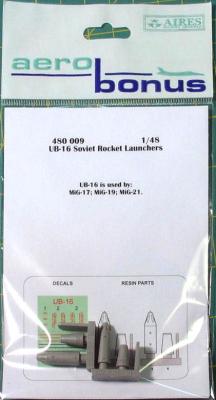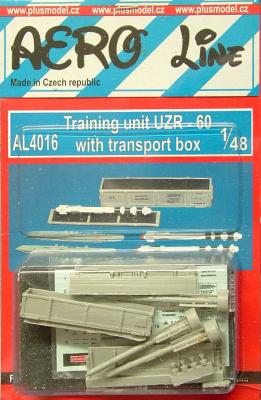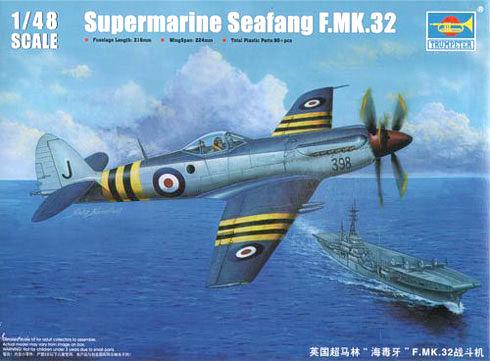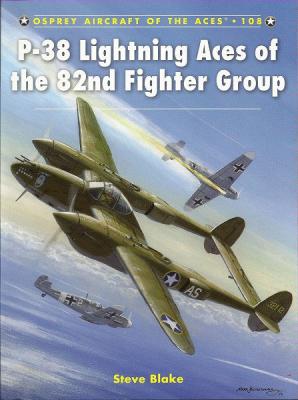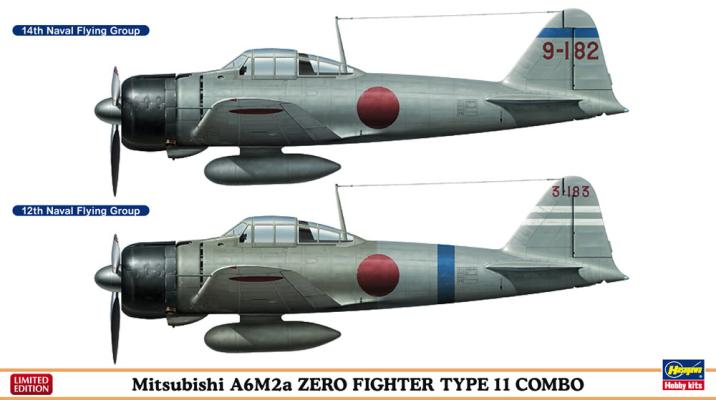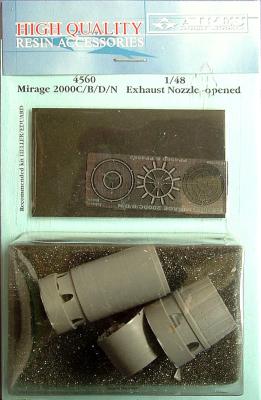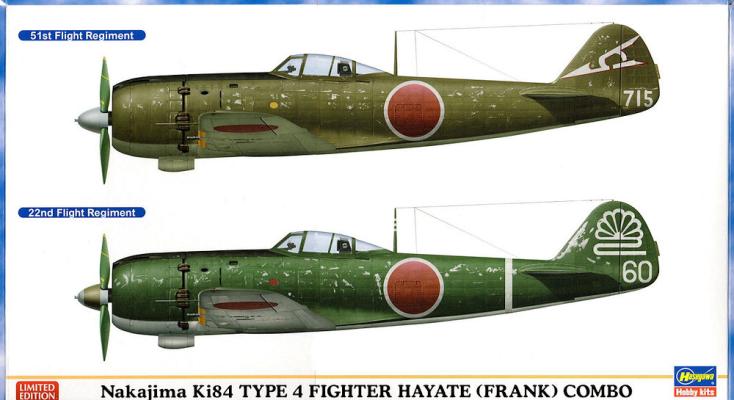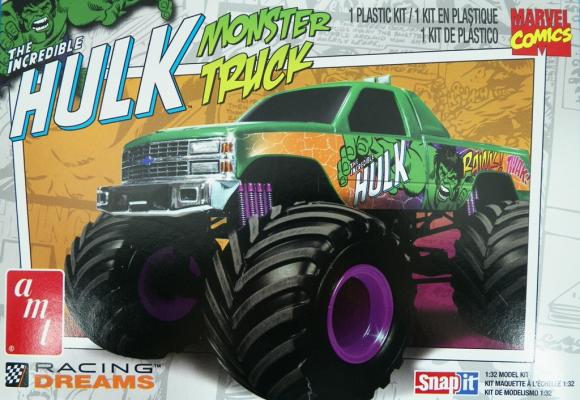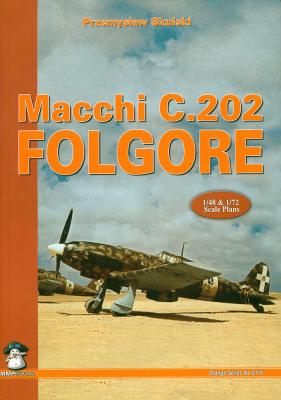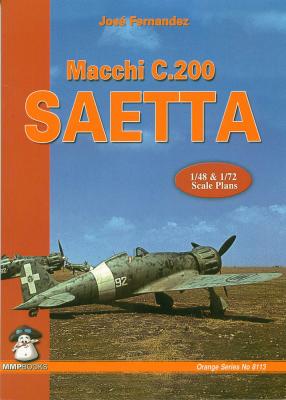There is probably no more uniquely a Soviet/Russian weapons system than the unguided rocket – think Katyusha. Their use, on a smaller scale, extended to Soviet concepts of close air support with aerial unguided rockets. Whereas in Western air forces the unguided rocket is a thing of the past in favor of precision munitions, they remain a staple with most Soviet/Russian-influenced air forces. Such is their belief in the system that the Soviet Union produced a broad array of rocket pods to accommodate their principal unguided 55mm aerial rocket, the S-5. Provided in this set is the early UB-16 without the extension tubes for the 5 interior rockets. Later UB-16s have the extension tubes. They are listed for use with the MiG-17, MiG-19, and the MiG-21, but I have also seen them carried on Syrian L-39s.
What's New
The R-60 (AA-8 Aphid) is a Soviet/Russian short range infrared (IR) homing air-to-air missile. It has been fielded for 35 years and is widely used by a variety of Soviet/Russian manufacturer aircraft. For attack aircraft, it is their primary means of self-defense. The UZR-60 is the training variant of the R-60, distinguished by its lack of rear delta fins and the three black bands designating a training shape. It is a captive training shape that does not leave the missile rail. The UZR-60 has an active IR seeker, and interfaces with the aircraft’s weapons system to allow the pilot to determine when the missile has IR acquisition.
History Brief
The Seafang was essentially a Spiteful redesigned for the Royal Navy carrier use. Two prototype Seafang MK.32s were ordered on March 12, 1945, followed by an order for 150 Seafang MK.31s on 7 May 1945. To expedite entry into service, the interim Mk.31 was ordered, which was a navalised Spiteful with a tail hook, allowing the MK.32 to be developed. The Mk32 featured a contra-rotating propeller (eliminating engine torque), power folding outer wing tips, and a proper arrester hook.
The Product
Kit features very nice engraved panel lines, weak cockpit details, nice gear bays, reconnaissance camera, optional position flaps and wing tips, working prop, and 3 decal options. My sample was flash-free and well packaged in a sturdy box. Also included is a photo-etch fret for the radiators and an excellent color plate.
The Lockheed P-38 was one of the most recognizable and deadliest aircraft in World War II. It was originally conceived to meet a U.S. Army requirement in 1937 for a high-altitude fighter capable of 360 mph at 20,000 ft. and be capable of full-throttle endurance of one hour at this altitude. Lockheed’s winning design utilized a radical twin-engine, twin tail boom, tricycle landing gear configuration. Designed as a fighter that could fly faster and higher than any other fighter at the time, it was capable of carrying out several types of missions. It could perform as a bomber, a reconnaissance plane, and an escort. However, where it excelled was in the roll of a fighter. It had great success in the China-Burma-India and Pacific Theaters. It also played a vital role in the skies over North Africa and the European Theater. Many pilots became an ace flying the P-38.
Called the most famous aircraft ever produced by Japan, the Zero fighter first appeared in 1939 and was arguably the best fighter aircraft – land- or carrier-based – in the world. It had great range and maneuverability, and its firepower was at least equal to any of its rivals. It had a wingspan of 12 meters and carried an offensive firepower combination of two 7.7 mm machine guns and two 20 mm cannons.
Development of the aircraft started in May, 1937, and the prototype delivered a speed of 491 km/h with its 780 hp Zuisei engine. In 1940, the Japanese Navy adopted the Sakae engine for the aircraft – a 14-cylinder, 940 hp radial engine.
What you get in the large box from Hasegawa are two complete kits; they have recessed panel lines, and there are decals for four airplanes, two each from the 12th and 14th Naval Flying Groups.
There are four manufacturers of 1/48 scale kits of the Mirage 2000 – Airfix/Heller, Italeri, Kinetic, Monogram, and, of course, the re-boxing of the Heller kit by Eduard. All of these kits have poorly detailed exhaust nozzles, except the Eduard re-boxing which provides PE to overhaul the engine to a more convincing replica, the exterior exhaust petals being particularly noteworthy. Enter Aires with its offering of both an open and closed nozzle replacement engine. This is a review of the open nozzle set.
“Forget it, it’s a Frank.” This phrase from the old Famous Fighters series comes to my mind whenever I think about the Ki-84. It is attributed to allied airmen who watched radar screens to find Japanese aircraft that may be potential targets. It meant that the very high performance Frank would be equal or better than the allied aircraft and would not be an easy target. The Nakajima Ki-84 Hayate (Gale) was the culmination of a line of fighter aircraft initiated by Nakajima in 1935 with the Ki-27 Nate and followed by the Ki-43 Hayabusa. The Ki-84 possessed a more powerful engine and was extremely sturdy and possessed good firepower and protection for both the pilots and the fuel tanks. On the down side, the Hayate was beset with problems with hydraulic and fuel pressure systems, brakes, landing gear struts, and a slipping of quality control during manufacture. Fortunately for the allies, the Hayate was never produced in the quantities required by the Japanese Army.
From the pages of Marvel Comics to the arenas and stadiums of North America, the Incredible Hulk has certainly made a brutish and unruly impression upon the imaginations of youngsters and adults for generations. It is also the subject of Round2’s recent release under the AMT brand of this popular monster truck with an equally-popular monster/superhero theme.
Another installment in the AMT brand’s popular Snap-It series, this green monster of a truck is molded in green, purple, and chrome-plated plastic with black vinyl tires, and includes peel-and-stick decals. No clear parts are provided.
Build is quick and easy, as 7-year old Camden slammed this thing out in no time – even before Dad could get pics of the box contents! Instructions are clear and easy to follow, and snap features are fairly well engineered, requiring minimal parental assistance to squeeze some of the more trying fits.
This book in the Orange Series from MMP describes the Italian WWII Macchi C.202 Folgore, or MC.202. This is the expanded second edition of this title, and contains some new information not in the first printing.
The MC.202 is probably the most famous and recognizable Italian fighter of WWII. The aircraft was used in combat from its introduction in 1941 through the end of hostilities. It served with the Italian Air Force (Regia Aeronautica) and also with the German Luftwaffe, as well as a few other countries. This book mainly deals with the fighter in Italian service but does include a small section on the aircraft’s use with other countries.
This book in the Orange Series from MMP describes the Italian WWII Macchi C.200 Saetta, or MC.200. The Saetta was a fighter aircraft built in Italy and flown by the Regia Aeronautica during WWII. The C.200 was well loved by its pilots for its excellent maneuverability, and the design was the basis for the later C.202 and C.205 fighters.
This excellent book covers all aspects of the MC.200’s design, development, and operational use of this fighter. Included within is a wealth of information for the plastic modeler, as well as the general aviation historian. All text in the book is in English.

